
A Knowledge organiser that captures the essential knowledge and skills learnt throughout the now archived unit Art and Design, Year 5, Art and Design Skills.
This resource is designed to support pupils in developing various artistic techniques and approaches. It introduces key vocabulary such as analytical observational drawing, annotation, continuous line drawing, collage, and exploded diagrams, helping the pupils understand different methods of creating and presenting artwork. The pupils will also explore the concepts of invention and prototypes and how computer-aided design (CAD) can be used in artistic processes.
Note: This resource is from our archived Art and design scheme, which is still available but no longer updated to reflect curriculum changes or publishing updates.
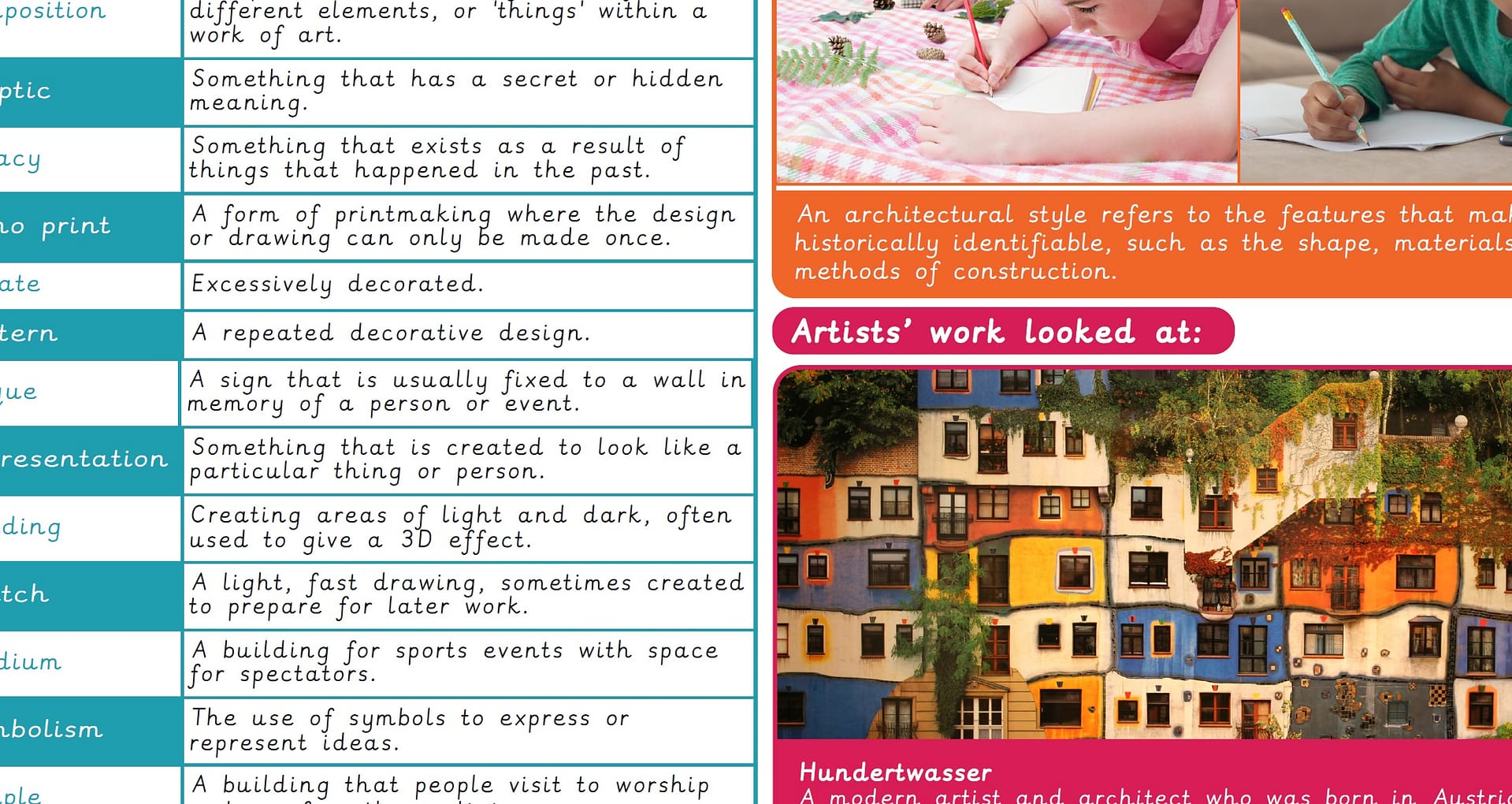
A Knowledge organiser that captures the essential knowledge and skills learnt throughout the now archived unit Art and Design, Year 5, Formal Elements of Art: Architecture.
This resource is designed to support the pupils as they explore key architecture and design elements. It introduces key vocabulary such as amphitheatre, ornate, composition, pattern, and symbolism, helping the pupils understand architectural styles and features. The pupils will also learn about architects as designers of buildings and explore terms like stadium, temple, and plaque, which relate to different types of structures.
Note: This resource is from our archived Art & design scheme, which is still available, but is no longer updated to reflect any curriculum changes or publishing updates.
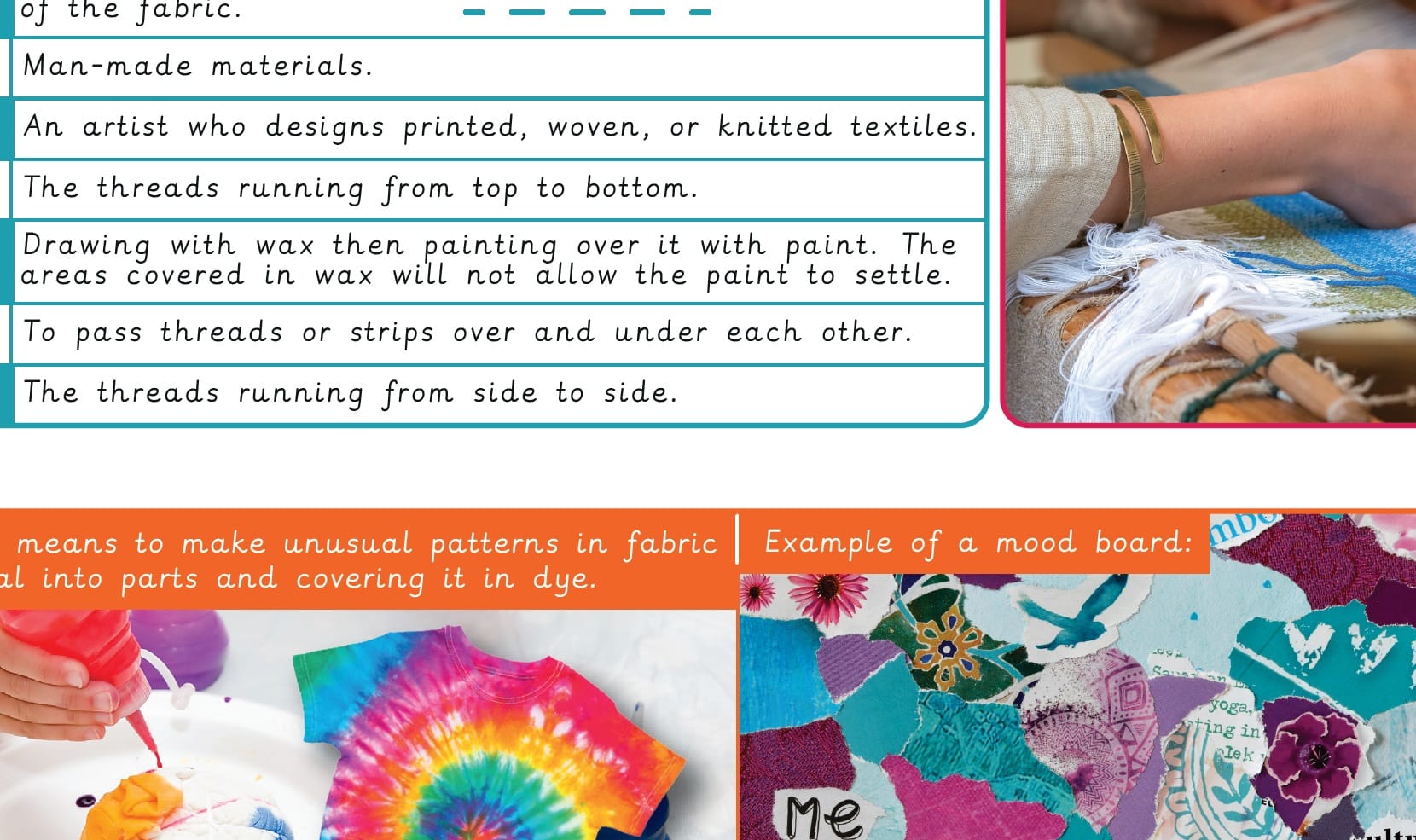
Aimed at pupils, a single page which gives key facts and definitions from the unit.
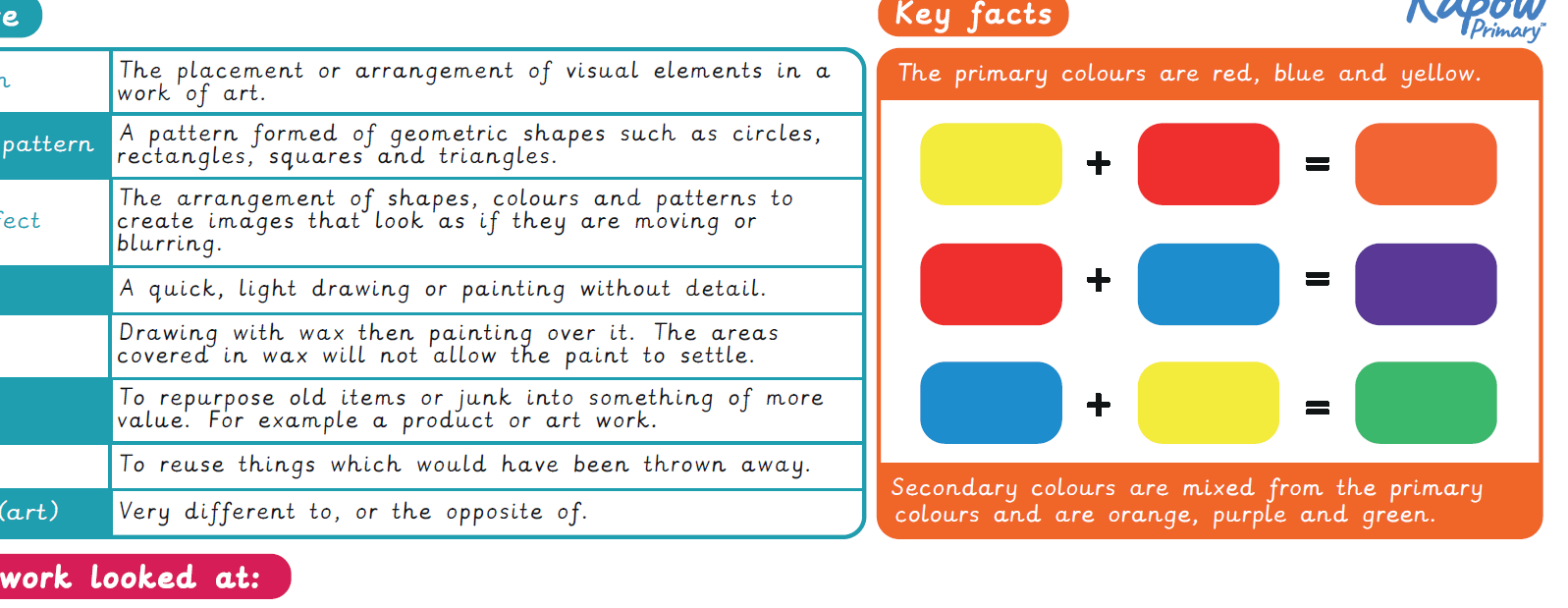
A Knowledge organiser that captures the essential knowledge and skills learnt throughout the now archived unit Art and Design, Year 4, Sculpture.
This resource is designed to support the pupils as they explore different sculptural techniques and materials. It introduces key vocabulary such as composition, geometric pattern, optical effect, wax resist, and upcycle, helping the pupils understand how artists use form, texture, and contrast to create three-dimensional artwork. The pupils will also study the work of sculptors such as El Anatsui, Sokari Douglas Camp, Sam Francis, and Giuseppe Arcimboldo, examining how they use different materials and artistic methods to produce unique sculptures. It is perfect for consolidating essential knowledge and encouraging creativity by allowing the pupils to experiment with various sculptural techniques.
Note: This resource is from our archived Art & design scheme, which is still available but is no longer updated to reflect any curriculum changes or publishing updates.
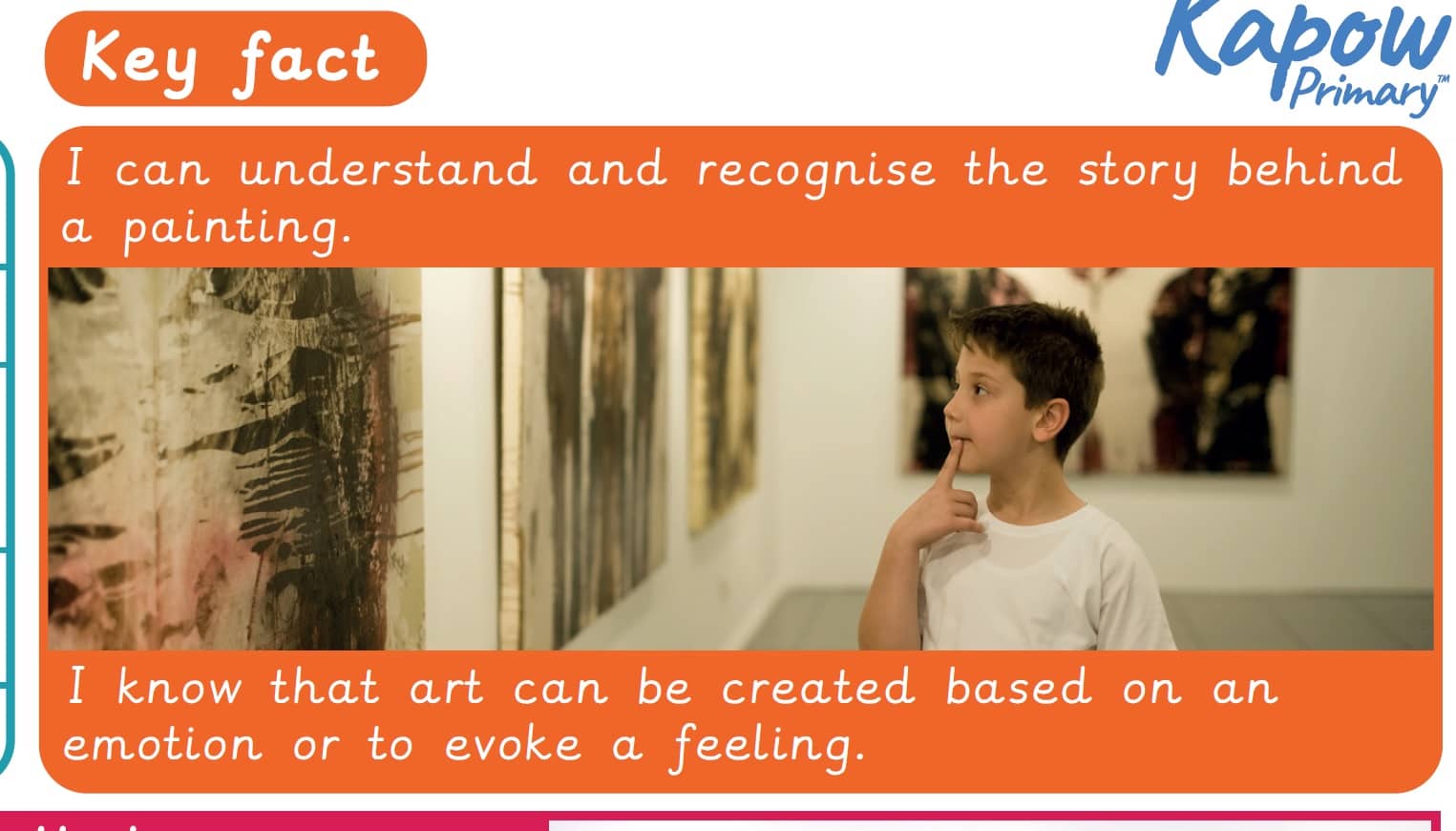
A Knowledge organiser that captures the essential knowledge and skills learnt throughout the unit Art and Design, Year 4, Every Picture Tells a Story.
This resource is designed to support the pupils as they explore how artists use visual storytelling to convey meaning and emotion. It introduces key vocabulary such as narrative, abstract, pop art, re-enact, and preparatory drawing, helping the pupils understand how different artistic styles can be used to communicate ideas. The pupils will also study works by artists including Paula Rego, David Hockney, Pieter Brueghel, Edward Hopper, and Fiona Rae, analysing how their paintings and prints tell stories through composition, colour, and subject matter. It is perfect for consolidating essential knowledge and encouraging creativity by allowing the pupils to interpret and create their own narrative artwork.
Note: This resource is from our archived Art & design scheme, which is still available, but is no longer updated to reflect any curriculum changes or publishing updates.
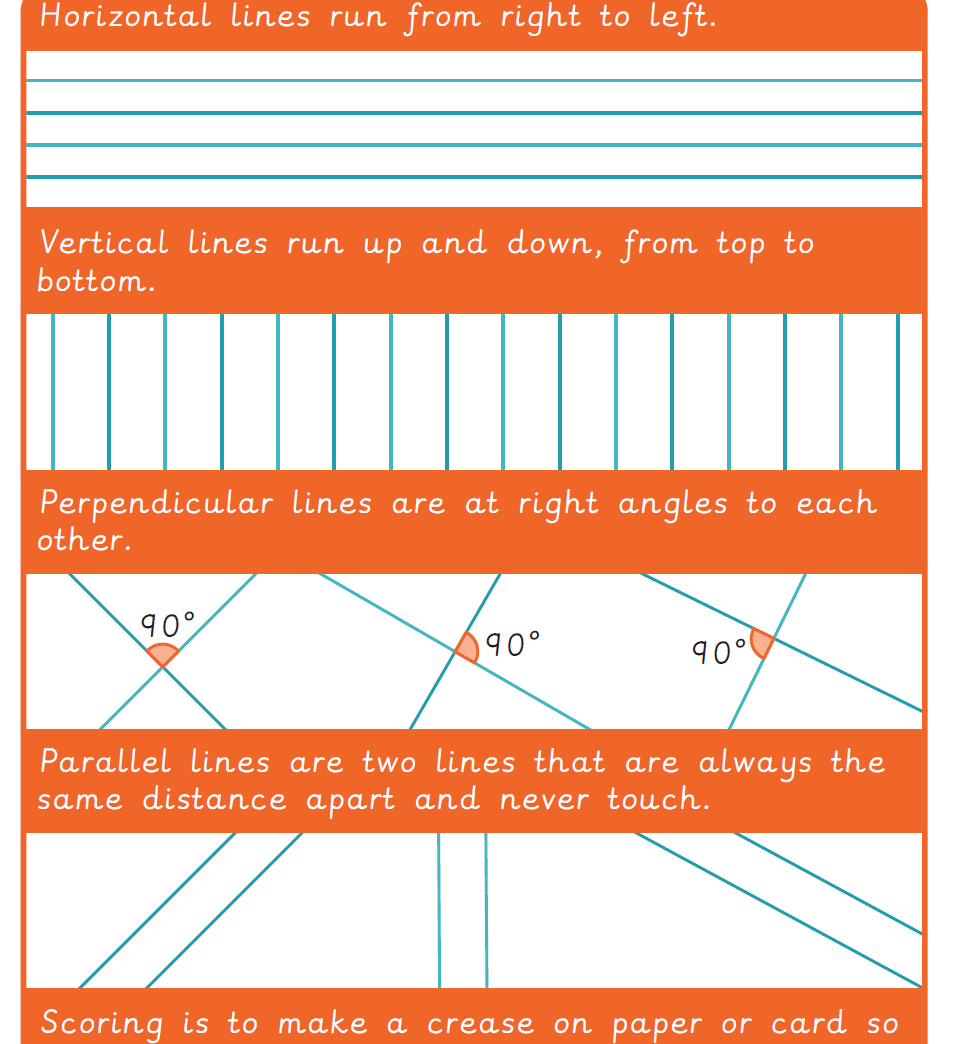
A visual summary knowledge organiser in KS2 for Y4 Art & Design unit, presenting essential facts, techniques, and definitions to support learning.
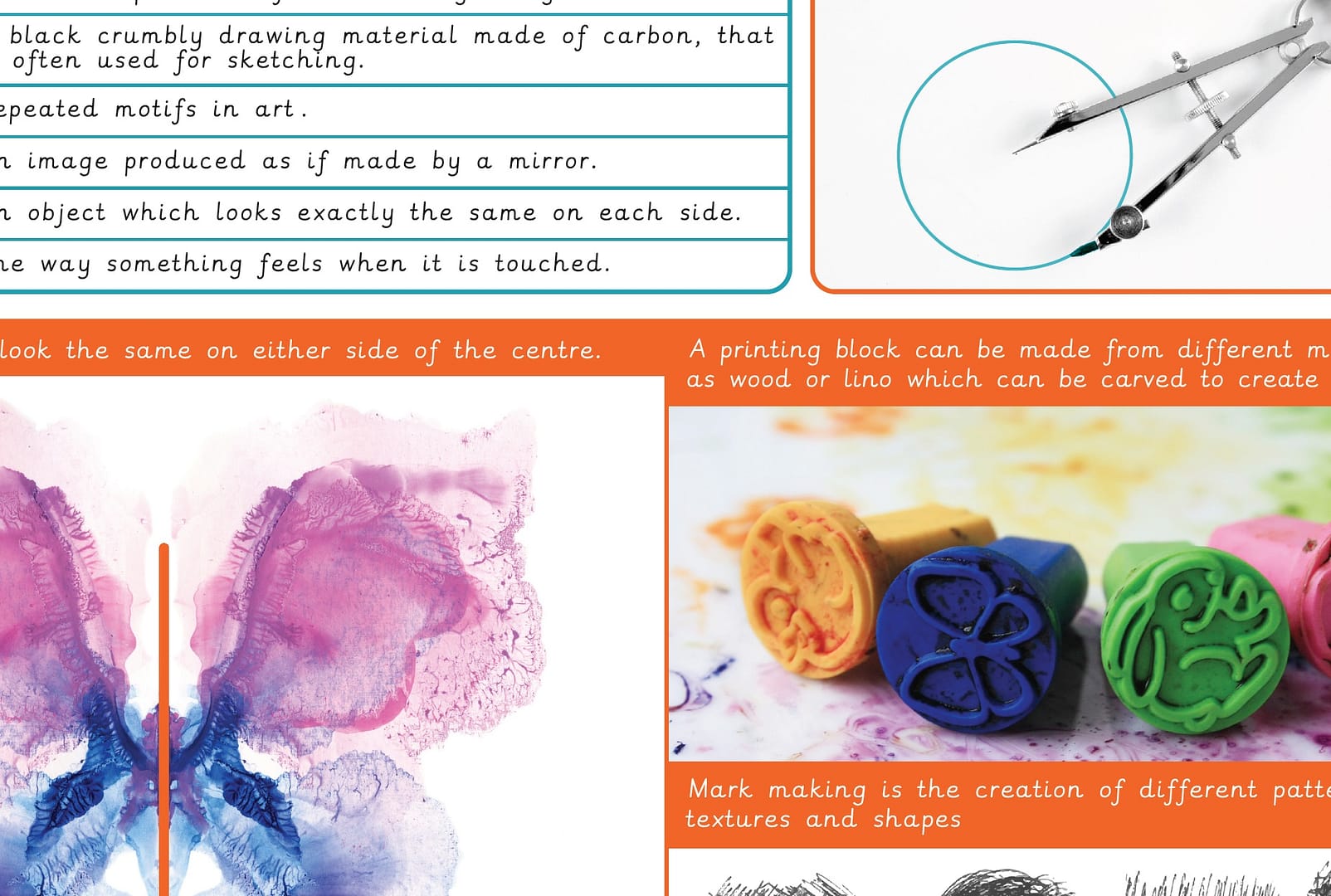
A Knowledge organiser that captures the essential knowledge and skills learnt throughout the unit Art and Design, Year 4, Formal Elements of Art.
This resource is designed to support the pupils as they explore the fundamental elements that make up artistic compositions. It introduces key vocabulary such as texture, pattern, reflection, symmetrical, and abstract, helping the pupils understand how artists use these elements to create balance, contrast, and movement in their work. The pupils will also learn about different materials such as charcoal and printing blocks and how they can be used to produce unique artistic effects. It is perfect for consolidating essential knowledge and encouraging creativity. The pupils will experiment with mark-making, symmetry, and different techniques to create their own abstract compositions while developing their observational and technical skills.
Note: This resource is from our archived Art & design scheme, which is still available, but is no longer updated to reflect any curriculum changes or publishing updates.
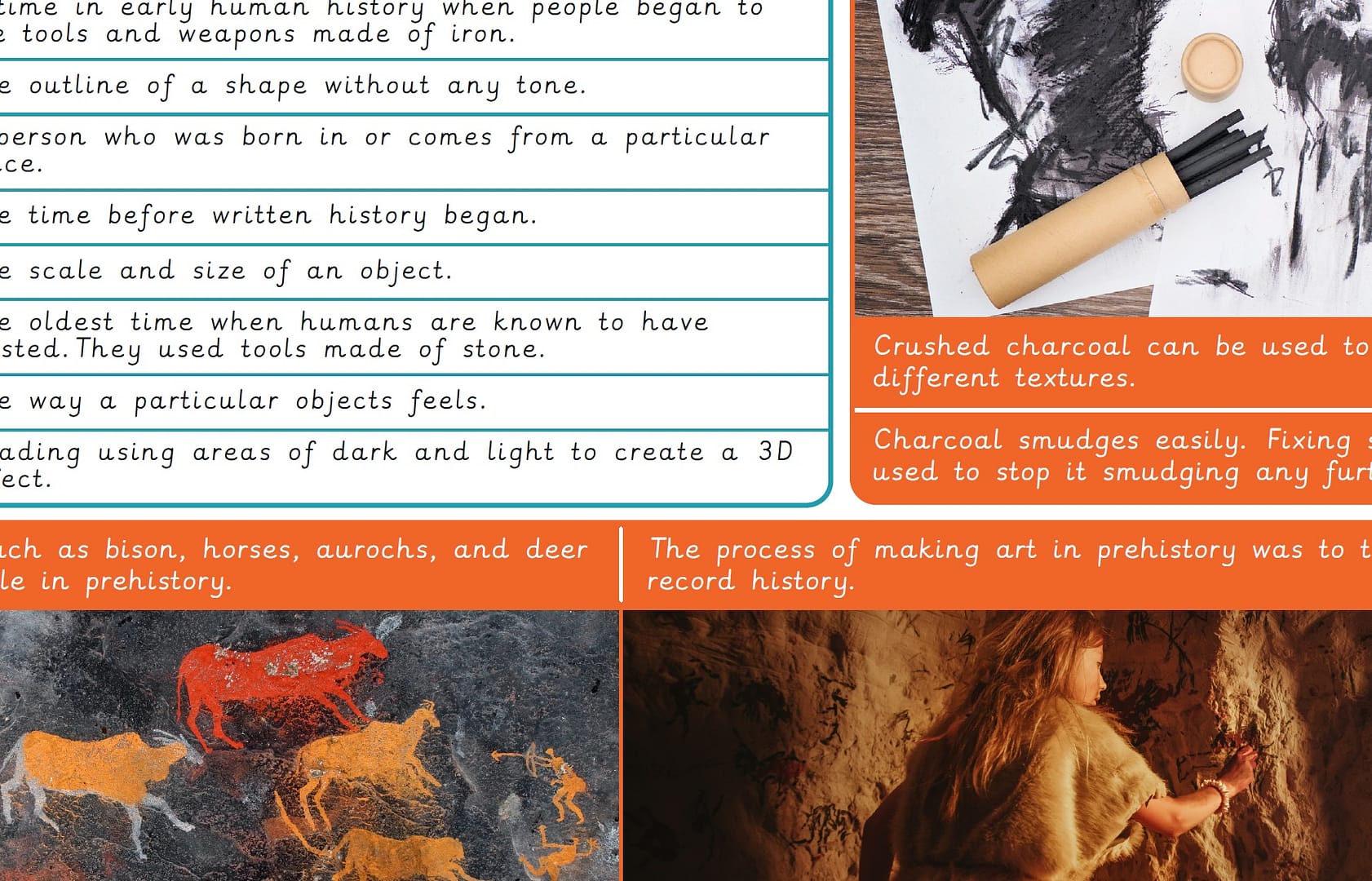
A summary of the key learning for pupils in our KS2 unit: Year 3 ‘Prehistoric Art‘.
Note: This resource is from our archived Art & design scheme, which is still available, but is no longer updated to reflect any curriculum changes or publishing updates.
See our new Art & design scheme here.
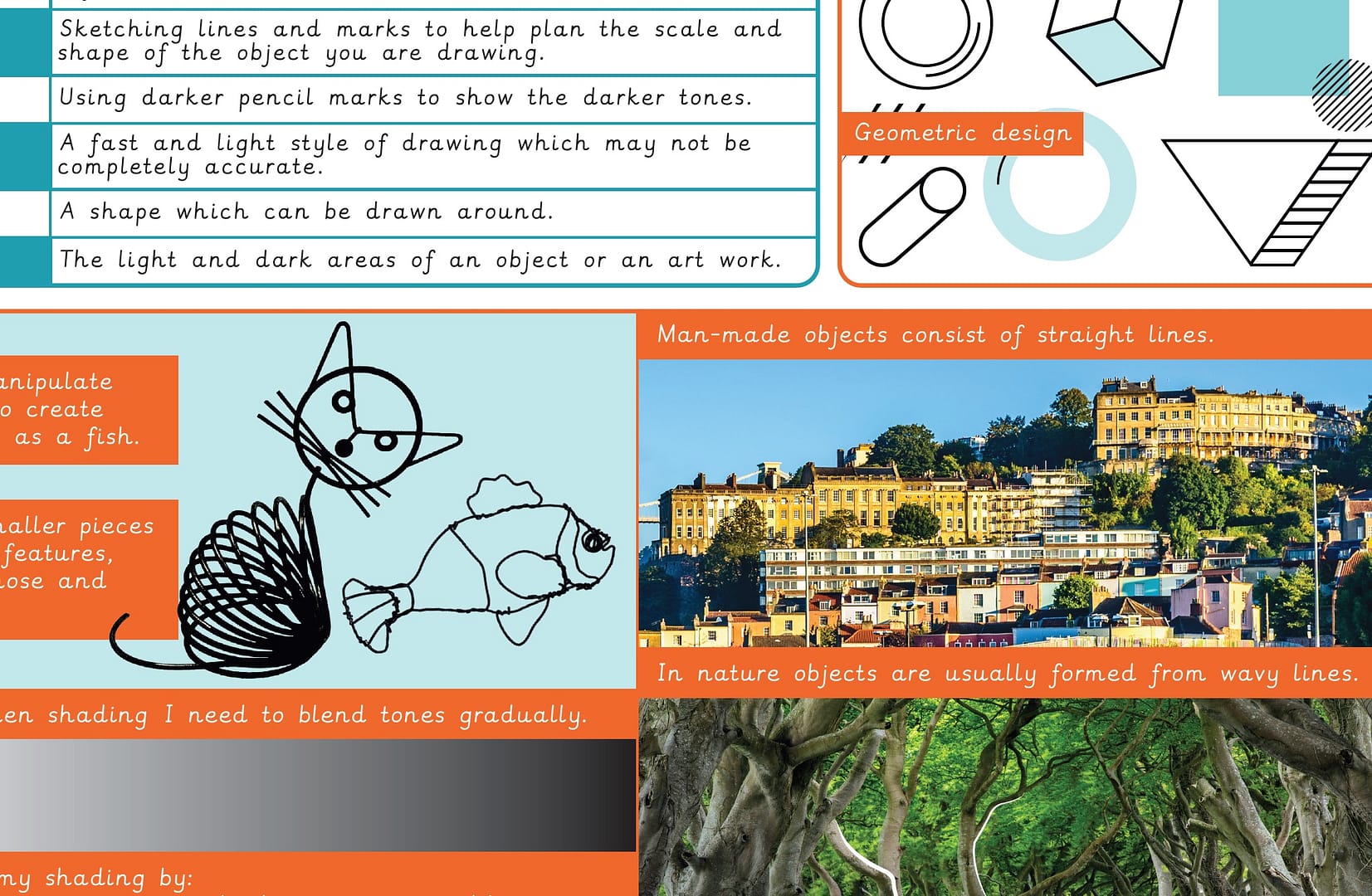
Why not check out our revised primary Art and design curriculum for lower Key stage 2?









